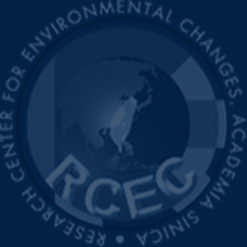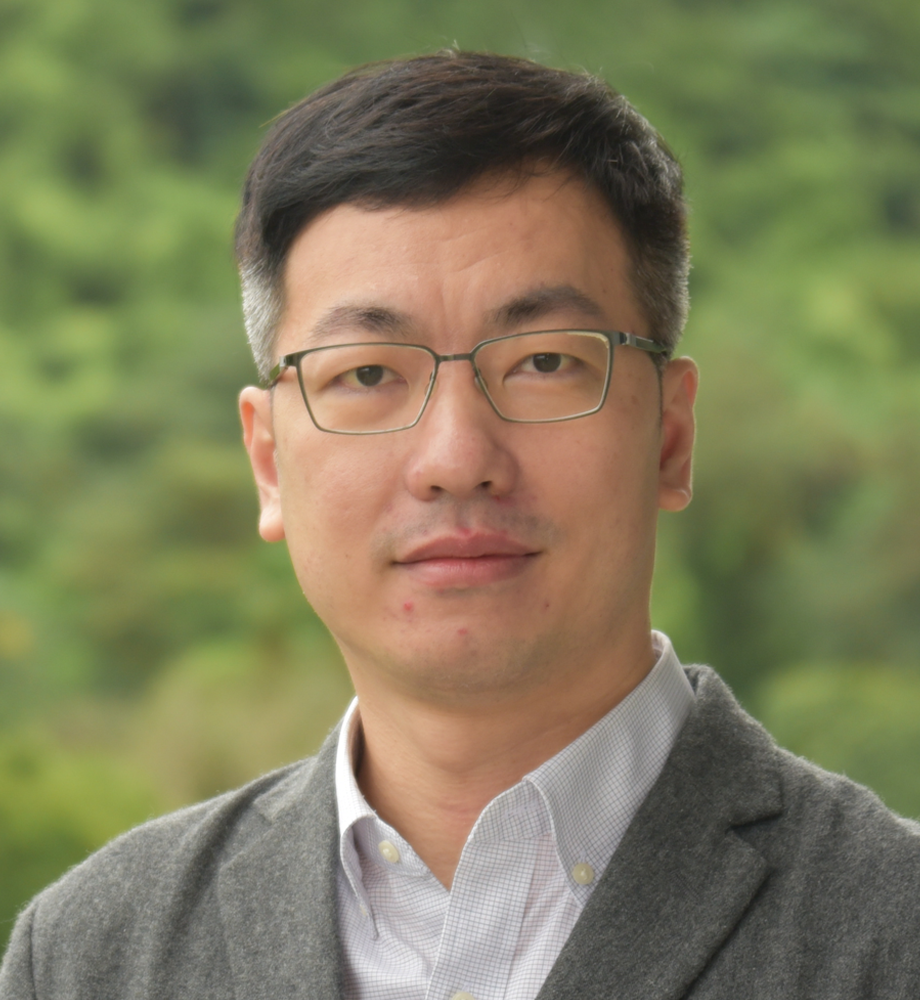

Cheung, Hing Cho張慶祖
Assistant Research Fellow
Research Interests
My research interests focus on atmospheric particulate matter and its related topics including the formation processes of ultrafine, fine and coarse aerosols, and their physical and chemical characteristics, also the cloud condensation nuclei activity in various environmental setting in East Asia.
Representative Publications
Cheung, H.C., Nie, C., Huang, M., Yang, T., Wang, H., Lee, C.S.L., Pei, C., Zhao, J., Liang, B. (2022). Influence of Regional Pollution Outflow on Particle Number Concentration and Particle Size in Airshed of Guangzhou, South China. Aerosol and Air Quality Research, 22, 220097.
Jung, C.-C., Chou, C.C.-K., Huang, Y.-T., Chang, S.-Y., Lee, C.-T., Lin, C.-Y., Cheung, H.C., Kuo, W.-C., Chang, C.-W., Chang, S.-C. (2022). Isotopic signatures and source apportionment of Pb in ambient PM2.5. Scientific Reports 12(1), 4343.
Tsai, I.-C., Hsieh, P.-R., Cheung, H.C., Chou, C.C.-K. (2021). Aerosol impacts on fog microphysics over the western side of Taiwan Strait in April from 2015 to 2017. Atmospheric Environment, 262, 118523.
Cheung, H.C., Chou, C. C.-K., Lee, C.S.L., Kuo, W.-C., Chang, S.-C. (2020). Hygroscopic properties and cloud condensation nuclei activity of atmospheric aerosols under the influences of Asian continental outflow and new particle formation at a coastal site in eastern Asia. Atmospheric Chemistry and Physics, 20, 5911-5922.
Sun, C.Z., Adachi, K., Misawa, K., Cheung, H.C., Chou, C.C.-K., Takegawa, N. (2020). Mixing State of Black Carbon Particles in Asian Outflow Observed at a Remote Site in Taiwan in the Spring of 2017. Journal of Geophysical Research https://doi.org/10.1029/2020JD032526.
Salvador, C.M., Chou, C.C.-K., Cheung, H.C., Ho, T.-T., Tsai, C.-Y., Tsao, T.-M., Su, T.-C. (2020). Measurements of submicron organonitrate particles: Implications for the impacts of NOx pollution in a subtropical forest. Atmospheric Research, 245, 105080.
Lee, C.S.L., Chou, C.C.-K., Cheung, H.C., Tsai, C.-Y., Huang, W.-R., Huang, S.-H., Chen, M.-J., Liao, H.-T., Wu, C.-F., Tsao, T.-M., Tsai, M.-J. and Su, T.-C. (2019). Seasonal variation of chemical characteristics of fine particulate matter at a high-elevation subtropical forest in East Asia. Environmental Pollution, 246, 668-677.
Wang, Z., Wu, Z., Yue, D., Shang, D., Guo, S., Sun, J., Ding, A., Wang, L., Jiang, J., Guo, H., Gao, J., Cheung, H.C., Morawska, L., Keywood, M. and Hu, M. (2017). New particle formation in China: Current Knowledge and further directions. Science of the Total Environment, 577, 258-266.
Cheung, H.C., Chou, C.C.-K., Chen, M.-J., Huang, W.-R., Huang, S.-H., Tsai, C.-Y. and Lee, C.S.L. (2016). Seasonal variations of ultra-fine and submicron aerosols in Taipei, Taiwan: implications for particle formation processes in a subtropical urban area. Atmospheric Chemistry and Physics, 16, 1317-1330.
Cheung, H.C., Chou, C.C.-K., Jayaratne, E.R. and Morawska, L. (2015). Impact of particle formation on atmospheric ions and particle number concentrations in an urban environment. Atmospheric Research, 157, 127-136.
Johnson, G.R., Juwono, A.M., Friend, A.J., Cheung, H.C., Stelcer, E., Cohen, D., Ayoko, G.A. and Morawska, L. (2014). Relating urban airborne particle concentrations to shipping using carbon based elemental emission ratios. Atmospheric Environment, 95, 525-536.
He, C., Ling, X., Crilley, L., Huygens, F., Ayoko, G., Knibbs, L., Cheung, H.C. and Morawska, L. (2014). The Impact of Flood and Post-Flood Cleaning on Airborne Microbiological and Particle Contamination in Residential Houses. Environment International, 69, 9-17.
Cheung, H.C., Chou, C.C.-K, Huang, W.-R. and Tsai, C.-Y. (2013). Characterization of ultrafine particle number concentration and new particle formation in an urban environment of Taipei, Taiwan. Atmospheric Chemistry and Physics, 13, 8935-8946. (granted with Publication award by Ministry of Technology in 2015).
Cheung, H.C., Morawska, L., Ristovski, Z.D. and Wainwright, D. (2012). Influence of medium range transport of particles from nucleation burst on particle number concentration within the urban airshed. Atmospheric Chemistry and Physics, 12, 4951-4962.
Cheung, H.C., Morawska, L. and Ristovski, Z.D. (2011). Observation of new particle formation in subtropical urban environment. Atmospheric Chemistry and Physics, 11, 3823-3833. (granted with Higher Degree Student Publication award by QUT in 2012).
Jayaratne, E.R., Johnson, G.R., McGarry, P., Cheung, H.C. and Morawska, L. (2011). Characteristics of airborne ultrafine and coarse particles during the Australian dust storm of 23 September 2009. Atmospheric Environment, 45, 3996-4001.
Morawska, L., Wang, H., Ristovski, Z., Jayaratne, E.R., Johnson, G., Cheung, H.C., Ling, X. and He, C. (2009). JEM Spotlight: Environmental monitoring of airborne nanoparticles. Journal of Environmental Monitoring, 11, 1758-1773.
Cheung, H.C., Wang, T., Baumann, K. and Guo, H. (2005). Influence of regional pollution outflow on the concentrations of fine particulate matter and visibility in the coastal area of southern China. Atmospheric Environment, 39, 6463-6474.
Highlights
Hygroscopic properties and cloud condensation nuclei activity of atmospheric aerosols under the influences of Asian continental outflow and new particle formation at a coastal site in eastern Asia (Cheung et al., Atmos. Chem. Phys., 20, 5911–5922, 2020) This study evidenced that the climate impacts due to the anthropogenic pollutants transported with the East-Asian continental outflows could be much stronger than expected in current climate models. Furthermore, new particle formation events were found to be frequently occurred at the Cape Fuguei during summertime. This finding revealed that gas-to-particle conversion processes could have played a significant role in the budget of aerosols in the study area. Based on our observation, this study hypothesized of how newly formed particles have significantly influenced the activity of CCN, which has provided further evidence to the scientific argument of aerosol-cloud interaction.
Seasonal variations of ultra-fine and submicron aerosols in Taipei, Taiwan: implications for particle formation processes in a subtropical urban area. (Cheung et al., Atmos. Chem. Phys., 16, 1317-1330, 2016) This study presented the first dataset of season-resolved chemical composition of ultrafine particles in Taiwan. The results evidenced that the condensable organic molecules produced from photochemical reactions could have played critical roles in stabilization of the clusters of sulfuric acid and, consequently, formation of new particles in urban environment. This study provided novel data to explain the occurrence of new particle burst events in a polluted urban area, which was believed to be confined only in remote clean atmosphere. The results of this study are critical for the authorities involved in urban planning and health impact assessment, and the environmental policy makers who are tackling the severe atmospheric pollution in the East Asia region.
